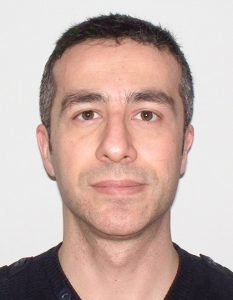Find Faculty / Uzay Emir
Bio
Upon the completion of my Ph.D., during which I conducted research on BOLD fMRI signal transients using various imaging modalities, I diversified my scientific expertise through postdoctoral training in the field of MRS methods. My focus was on leveraging MR imaging and MR spectroscopy (MRS) to identify potential biomarkers for a range of neurodegenerative diseases.
During my postdoctoral tenure at the Center for Magnetic Resonance Research, University of Minnesota, I led the development of advanced 3 and 7 Tesla MRS sequences in line with recommendations from the Experts’ Working Group on Advanced Single Voxel MRS. I initiated pioneering studies to quantify neurochemical profiles from diverse brain regions at 7T with a specific emphasis on metabolites associated with neurological disorders. Furthermore, I translated these methods to a preclinical scanner to identify neurochemical changes preceding overt pathology in a spinocerebellar ataxia type 1 mouse model.
My role as the Principal Investigator at the University of Oxford and as an Assistant Professor at Purdue University has been instrumental in advancing the field of MRI and MRSI. This includes innovations such as the development of density-weighted concentric ring trajectory, a groundbreaking ultra-short echo time 3D Rosette MRI, and MRSI techniques.
The experience and qualifications outlined above exemplify the ability to develop, validate, and optimize protocols across various magnetic field strengths while ensuring the precise measurement and quantification of MR images. My recent efforts have been focused on the development of novel ultrashort echo time (UTE) 3D Rosette MRI and MRSI sequences for use in human and animal scanners ranging from 3T to 9.4T, resulting in unparalleled image quality and acceleration compared to conventional UTE methods.
Recognizing the criticality of test-retest reproducibility for the clinical applicability of these methods, I led the “Repeat it with me challenge” project for ISMRM 2023, successfully demonstrating the promising utility of Rosette MR(S)I in a multicenter study. As a result, progress has been made in enabling the clinical feasibility of 31P MRs after four decades.
The undeniable superiority of the UTE approach utilizing the novel Rosette k-space trajectory has fueled my motivation to apply these advancements in fMRI. These integrated approaches are poised to yield unprecedented spatial and temporal information, thus serving as a catalyst in neuroimaging by delivering high-resolution spatiotemporal dynamics of neural networks.
With a robust understanding of multi-echo MRI (MRSI), I am committed to further developing, testing, exploring, and investigating in vivo imaging using MRI.



